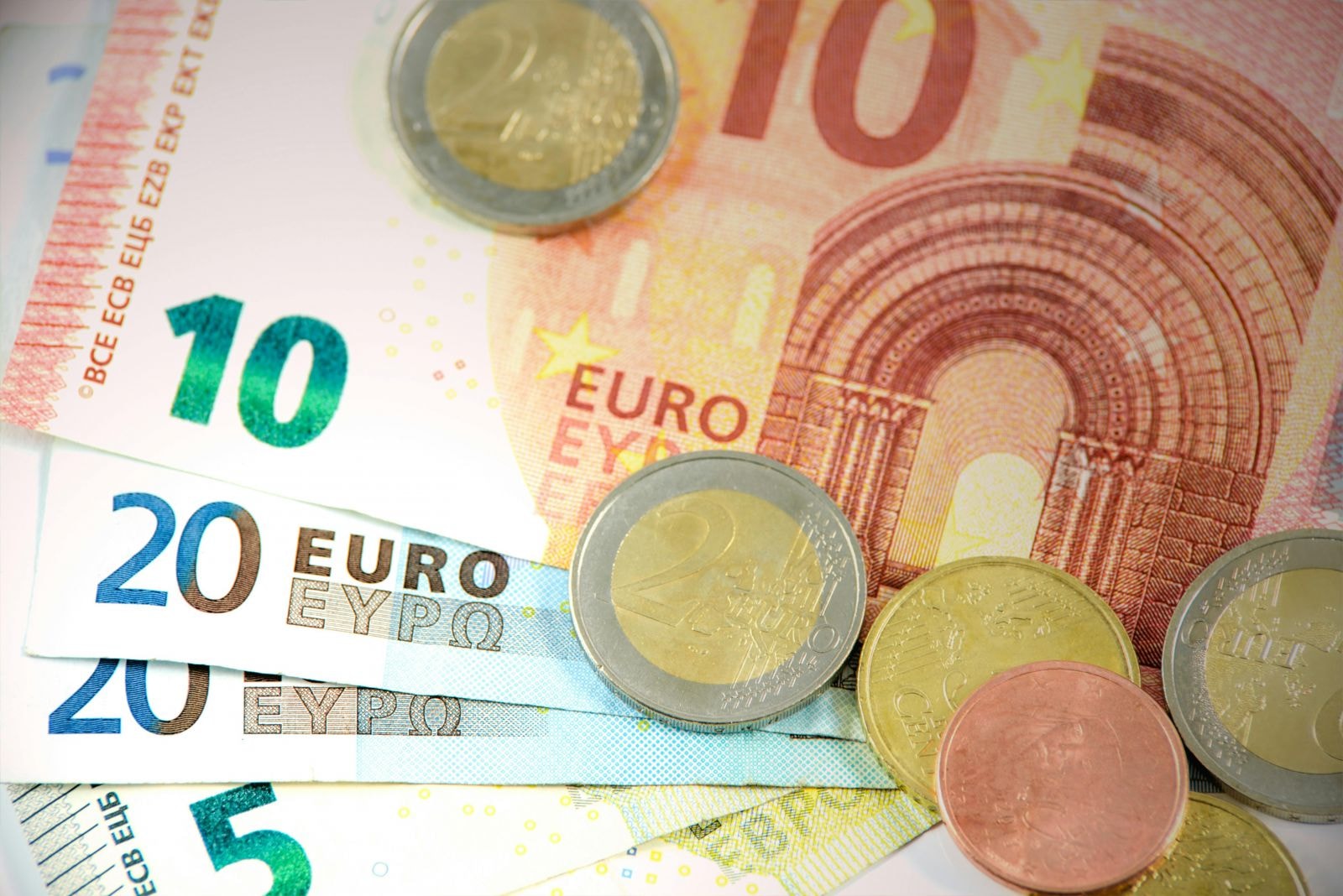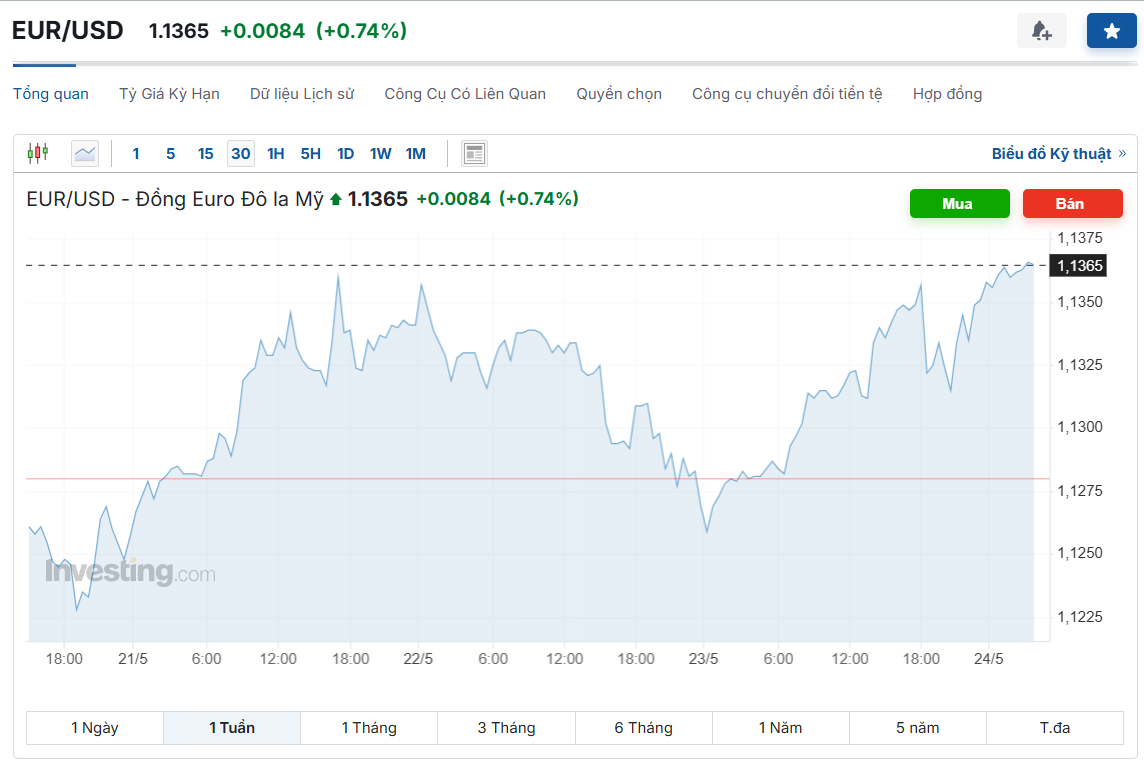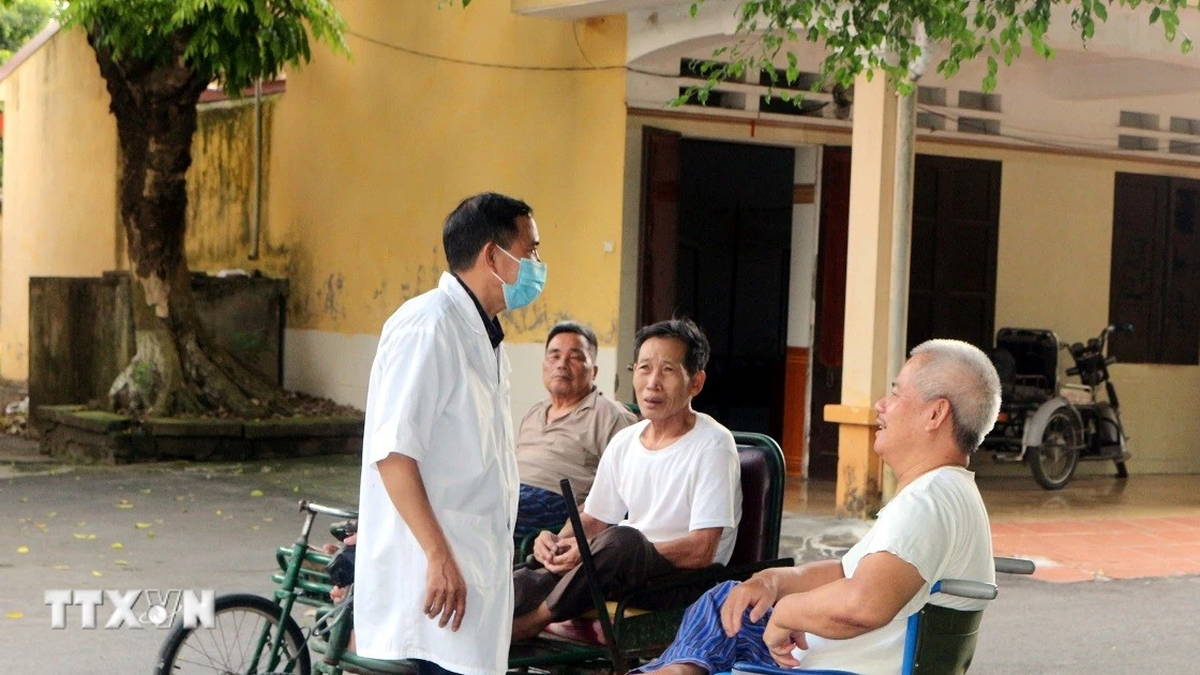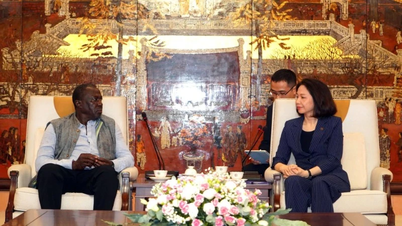Domestic Euro exchange rate today 5/26/2025
* The buying and selling euro exchange rate at the State Bank of Vietnam remains unchanged, currently at: 26,795 VND - 29,615 VND.
Survey at 4:30 on the black market, the euro was traded around 29,505 VND/EUR, a slight increase compared to yesterday.

At 4:30 a.m. today, May 26, the euro exchange rate at domestic banks remained stable compared to the previous session. Some banks adjusted the exchange rate slightly higher, especially in the selling direction.
| Domestic Euro Exchange Rate | May 26, 2025 | Change from previous session | ||
| Bank | Cash purchase | Counter | Buy | Sell |
| Vietcombank | 28603 | 30170 | 0 | 0 |
| Vietinbank | 28631 | 30341 | 0 | 0 |
| BIDV | 28904 | 30161 | 0 | 0 |
| Techcombank | 28851 | 30164 | 0 | 0 |
| Eximbank | 28893 | 29885 | 0 | 0 |
| Sacombank | 29104 | 29977 | 0 | 0 |
| HSBC | 28769 | 29885 | 0 | 0 |
EUR/USD world exchange rate today 5/26/2025
On the international market, the euro recorded at 4:30 a.m. trading at 1.1365 USD/EUR, unchanged from the closing price yesterday (May 25).

The EUR/USD pair climbed to near a one-week high of 1.1365 late in the session amid a sharp weakening of the US dollar. Pressure on the greenback came from a number of domestic political and financial uncertainties, as well as renewed tensions on the global trade front.
Meanwhile, the euro (EUR) benefited from a broad sell-off in the dollar, although gains were capped by weak economic data from the euro zone.
Trade tensions between the US and China are heating up again, despite the two countries previously agreeing to a 90-day truce in tariff escalation. However, new moves from the US, such as warning companies not to use Chinese chips, especially from Huawei, have eroded hopes for progress in negotiations. Although both sides agreed to maintain communication, investors are less hopeful than before.
Trade relations between the US and Japan are also strained as Tokyo rejects US conditions, arguing that there is no benefit to signing a deal without the US removing 25% tariffs on cars and auto parts.
Talks appeared to stall after tough remarks by chief negotiator Ryosei Akazawa, who insisted Tokyo would not rush into action if it risked national interests.
At the same time, the US is also putting pressure on the European Union. President Trump announced that he would impose a 50% tariff on EU goods from June 1. On the social network Truth Social, he criticized the EU for “only wanting to take advantage of the US in trade”, and said that negotiations with Europe had reached a deadlock.
In addition to trade tensions, fiscal concerns continue to weigh on the dollar. President Trump’s “One Beautiful Bill,” a sweeping tax and spending overhaul, narrowly passed the House of Representatives. The bill is expected to add $3 trillion to $5 trillion to the U.S. national debt.
The document is now being sent to the Senate for discussion. The prospect of ballooning public debt has investors worried about the long-term stability of the US economy, contributing to a further decline in the USD.
With multi-dimensional pressures from trade, fiscal policy and shaky market confidence, the possibility of the USD continuing to be sold in the coming time is very high, thereby supporting the EUR/USD pair to maintain its upward momentum if there are no unexpected fluctuations from the eurozone.
Euro Forecast This Week
The EUR/USD pair is still in a slight uptrend, but the latest economic data does not really support the euro's recovery. According to the preliminary release of S&P Global and HCOB Bank, the PMI index for the euro area in May showed a clear signal of weakness, especially in the service sector.
In Germany, the services PMI fell sharply to 47.2, its lowest level in 30 months. The composite PMI for the eurozone fell to 49.5 from 50.4, falling back into contraction territory, a sign that growth in the region is slowing despite a slight improvement in manufacturing.
In contrast, US PMIs were more positive, with both manufacturing and services rising to 52.3, bringing the composite PMI to a two-month high of 52.1. However, the dollar’s recovery was limited by domestic fiscal risks and expectations of a rate cut later in the year.
In Germany, the May IFO survey recorded a slight improvement in business sentiment, with the index rising to 87.5. However, the assessment of the current situation remained lower than expected, suggesting that the recovery is not yet firmly established.
Adding to the uncertainty were comments from ECB President Christine Lagarde, who warned that international trade could be permanently changed by escalating tariffs, especially after the US decided to impose tariffs on goods from major trading partners. This signaled that the ECB would remain cautious, especially as the euro comes under pressure from global trade policy.
In the coming week, markets will be watching key events such as the FOMC meeting minutes (Wednesday), US first-quarter GDP figures (Thursday) and PCE inflation data released on Friday. On the same day, Germany also releases retail sales and preliminary CPI for May.
Source: https://baonghean.vn/ty-gia-euro-hom-nay-26-5-2025-gia-euro-tang-sat-dinh-khi-usd-giam-manh-10298202.html



































































































Comment (0)